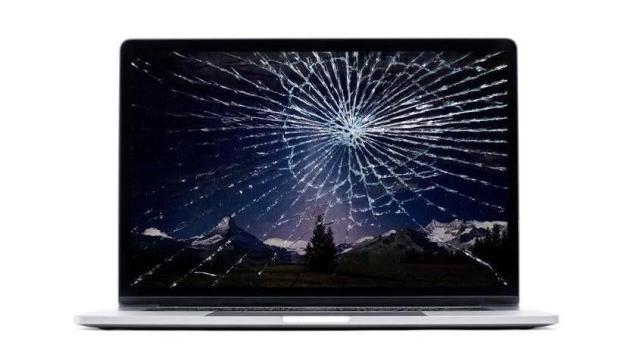Apple makes sleek, fast, easy-to-use products. They’re cross compatible, which makes moving from your iPhone to your Macbook simple and easy, whether you’re copying text or going from podcasts on your phone to Youtube on your computer. Apple also makes your life more annoying, more expensive, and less secure in a number of ways that the company could easily fix if it wanted to.
Why won’t Apple adopt a texting protocol that encrypts messages between iPhones and Androids? Why is everything more expensive on the Apple App Store? Why do I have to carry around a different cable for my iPhone and my laptop? Is Apple lying about its privacy practices?
We asked Apple about these questions and more, but did not immediately receive a response. We’ll update this article if we hear back.
In the meantime, here’s a little roundup of all the ways Apple makes your life worse. Click through for the hall of shame.
Green, unencrypted messages
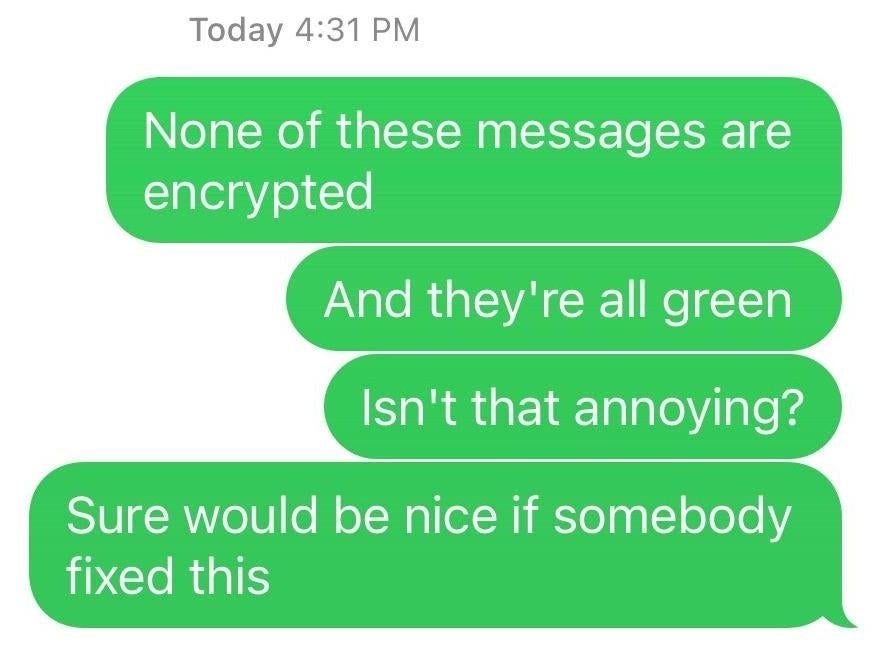
iPhone users’ messages turn green when they’re texting Android phones. When both people are on iPhones, all the messages are blue. This isn’t just about aesthetics.
When two iPhone users communicate, the texts are end-to-end encrypted, which means they’re more private and far more secure. When iPhones text with Androids, the messages are sent over SMS, an ancient protocol that dates back to 1992. There are other drawbacks too, for years the little heart reactions you can add to a message weren’t compatible across platforms, and videos sent between iPhone and Android would get compressed and sent in pitifully low quality.
Basically, it seems like this is Apple’s fault. Google, the maker of Android, wants to fix the problem. Google adopted a new texting protocol that would solve all of these problems called RCS. Google wants to fix the green text problem by collaborating with Apple, but Apple apparently refuses. Apple could also just make an iMessage app for Android, but they probably won’t do that either.
In an email uncovered in a lawsuit, Apple’s senior vice president of software engineering, Craig Federighi, said, “iMessage on Android would simply serve to remove [an] obstacle to iPhone families giving their kids Android phones.” Another Apple employee said elsewhere that “the #1 most difficult [reason] to leave the Apple universe app is iMessage… iMessage amounts to serious lock-in.” In other words, this is about crushing their competition.
When a reporter asked Tim Cook when Apple would adopt RCS, he quipped, “buy your mum an iPhone.” Cute, but you paid for your iPhone, and it’s your messages turning green, not your Android mum’s. Apple is making life worse for you, the loyal Apple customer, to control your choices about your next purchase. It doesn’t hurt that it creates a stigma for people who don’t want to spend $1,500 on a new iPhone, either.
No iPad calculator
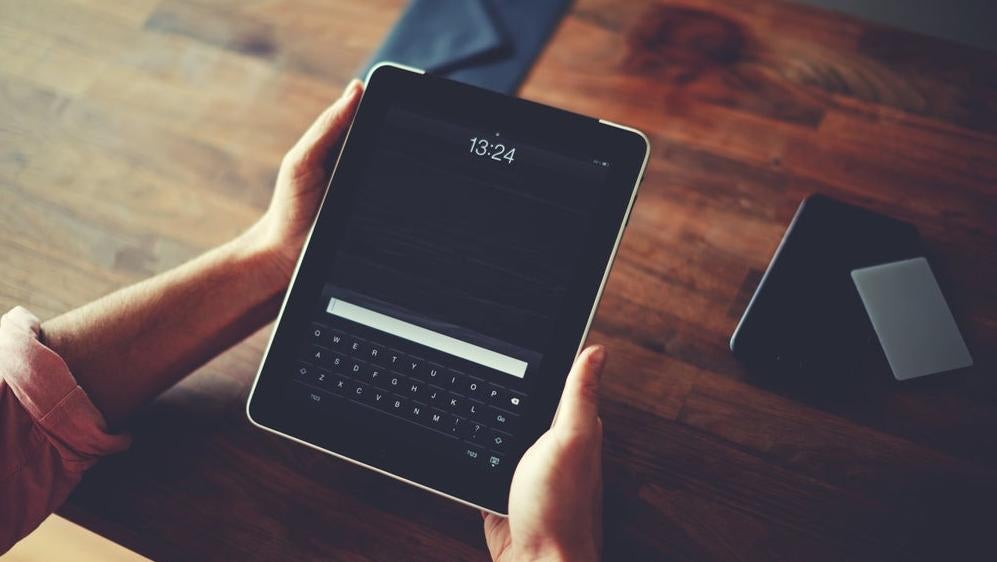
It’s hard to believe, but there is no calculator app on iPads. Check for yourself. iPads have been around for 13 years. You can download one in the app store, but Apple has never shipped an iPad with a calculator built-in like it does for iPhones.
Legend has it that when the first iPad was about to launch, Steve Jobs didn’t like the design of the calculator app, which was just a scaled up version of the iPhone calculator. There wasn’t time to make a new app, so the iPad just didn’t get one. For some reason, it still hasn’t. The iPad didn’t even get a weather app until 2022.
Youtuber Marques Brownlee asked Apple’s vice president of software engineering, Craig Federighi about it. “There’s some things that we have not done because we would want to do something really distinctly great in that space,” Federighi said. “It’s obviously easy to create a calculator app, but creating one that feels like, ‘Wow! this is this is this is the greatest iPad calculator app…’ We want to do it when we can do it really really well, and I think we honestly just haven’t gotten around to doing it.”
There may be another explanation. Apple has a reputation in the tech press for bending over backwards to avoid admitting mistakes. You might be able to chalk the whole thing up to hubris.
The lightning cable

Ah, the lightning cable. You know what the difference between a lightning cable and a USB-C cable is? Lightning cables help Apple make more money.
USB-C cables are universal, and lightning cables only work on Apple products. This isn’t new, Apple has used proprietary cables for its products for years, while most of its competitors stick to the same charging and data transfer tools. It makes life easier, and cheaper. But Apple users have to carry around two cables, one for their phones, and one for their laptops. Consumer advocates agree there’s no good reason for this — aside from netting Apple a few extra bucks.
That’s about to change, sort of. The European Union says Apple isn’t allowed to use its special cables anymore and it has to switch to USB-C like everyone else. Reportedly, Apple doesn’t want you to have nice things, and they’re responding with malicious compliance. Leaks suggest that the iPhone 15 will use USB-C, but if you don’t buy special USB-C cables, the charging and data transfer will be slower. It does not have to be this way.
The App Store tax
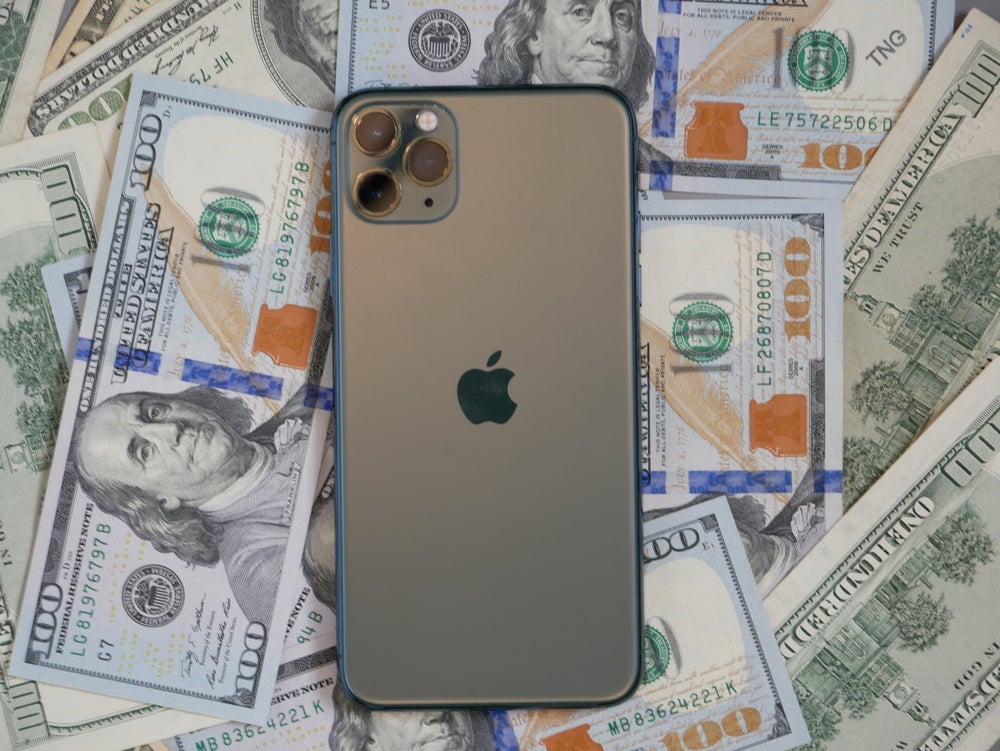
If you want to put apps on your iPhone, there’s only one way to do it without voiding your warranty: the Apple App Store. And the App Store comes with a special tax, 15% for developers that make less than a million dollars a year, and 30% for everyone else.
Guess who ends up paying that tax? iPhone users. Paid apps and subscriptions are more expensive, and Apple doesn’t even let developers tell you that you can get a discount if you sign up for subscriptions using their websites. Epic Games sued Apple over its App Store fees, in fact, drawing widespread support from other tech companies such as Spotify.
The most ridiculous example of the consequences might be on the Netflix app. If you don’t already have an account, there’s no way to make one using the iPhone app, because Netflix doesn’t want to charge customers 30% more, and it isn’t allowed to tell you about it.
The default Maps app
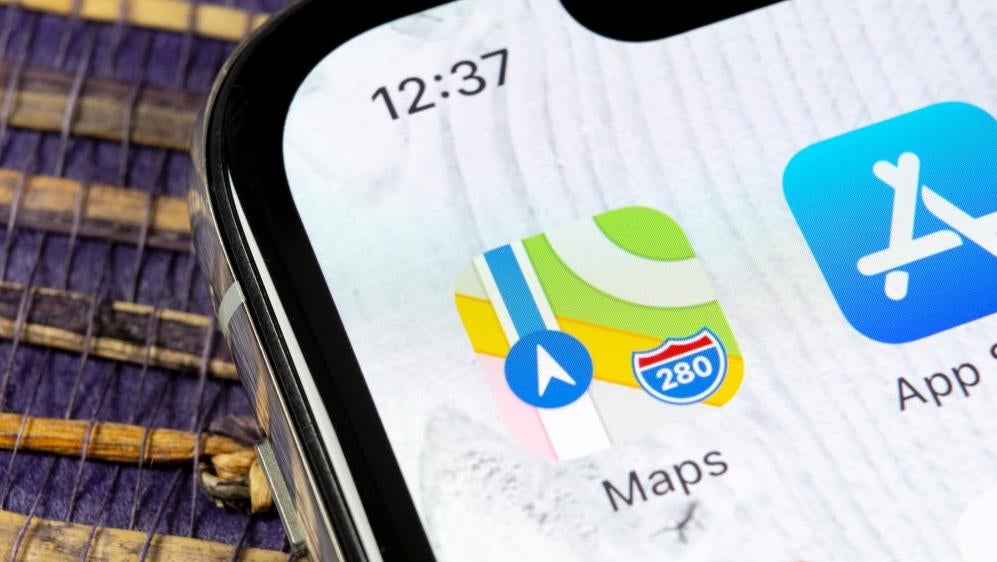
When I made my most recent switch from Android to iPhone, one of the most frustrating things I have to deal with is Apple Maps. I like Google Maps. I’ve been using it for years, and I have all my bookmarks there. But if someone texts me an address, it opens in Apple Maps when I tap on it and there is no way to change that. I’m sure this has nothing to do with competition.
Privacy confusion

“What happens on your iPhone stays on your iPhone.” Apple has littered the world with billboards with phrases like that and catchy slogans like “Privacy. That’s iPhone”
Turns out, not so much. In October 2022, Gizmodo exclusively reported on research demonstrating that Apple collects detailed, real-time data about what you do on its apps — even when you turn off an iPhone privacy setting that explicitly promises to stop that data collection. The problem is now the source of at least a dozen privacy lawsuits.
But Apple falls short on its privacy promises in other arenas too. Apple’s famous App Tracking Transparency Setting, which you see when apps beg for permission to track you, doesn’t prevent a wide variety of tracking techniques, even though it could. Apple also lets apps make blatant misstatements in the “privacy nutrition labels” developers fill out in the app store.
All of this leads to a lot of misconception about what actually does and doesn’t happen on your iPhone.
No back button???

This is a bit of a personal gripe, I’ll admit. Most iPhone users I know have been using iPhones for a long, long time. They don’t know any other way. One thing Apple phone fans are missing out on is a simple “back” button or gesture.
You know how you go “back” on your web browser? That’s a function I want to use all the time on my phone, whether it’s in a browser or moving through screens in a particular app. On Google Pixels, you can do this by swiping to the right from the edge of your screen, no matter what app you’re using. Some Android phones even have a dedicated button for this. It’s very useful. On iPhones, every app does it differently, and in some apps you can’t go “back” at all. Why? WHY?
The AirPods compatibility prison

The AirPods are the most popular series of headphones of all time, by a long shot. Android users can get in on the action, but it stinks, because there are lots of ways you can’t customise them. Apple doesn’t give Android users any way to customise what the AirPods’ tap and squeeze controls do, including compatibility with digital assistants. There are other features that don’t work as well, like the seamless switching between your phone and computer. You can only do this if you’re using AirPods, an iPhone, and a Macbook. Cool.
This criticism applies to Google as well. The company does the exact same thing with its Pixel Buds, which are far less compatible with iPhones.
It’s even worse with smartwatches. Apple Watches only work with iPhones, and Google’s Pixel Watch only works with Android. This sucks, guys.
Dongles
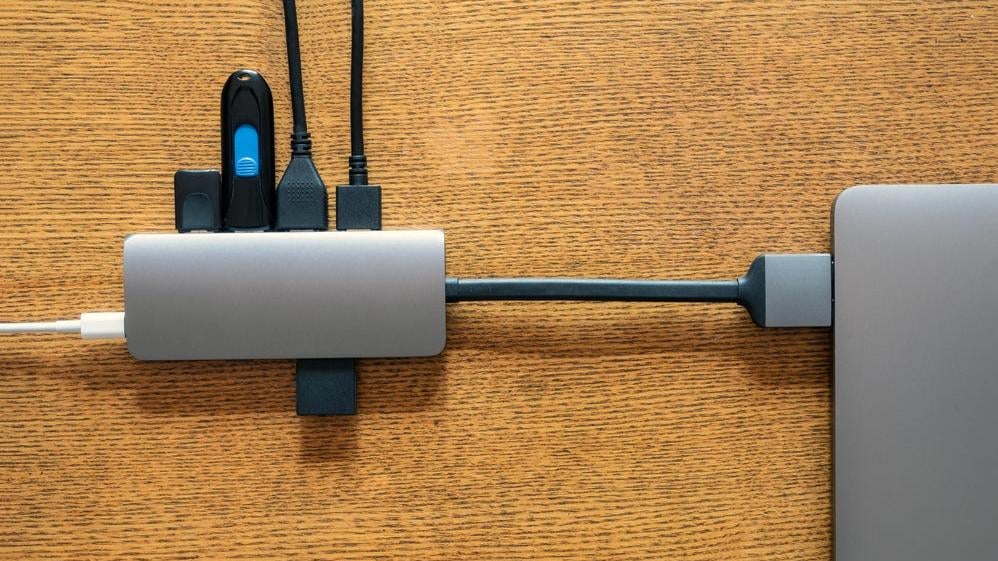
Remember the days when we never had to say the word “dongle?” It was a better time, and a less annoying one. I plug a lot of stuff into my Macbook Air’s two tiny USB-C ports, which means I have to carry a dongle with me everywhere I go. This is my curse. We’re not at the point where most people don’t need extra USB ports. I’ve considered switching to a Macbook Pro, which has more options and a HDMI connector built in. Is that worth an extra $1,000?
